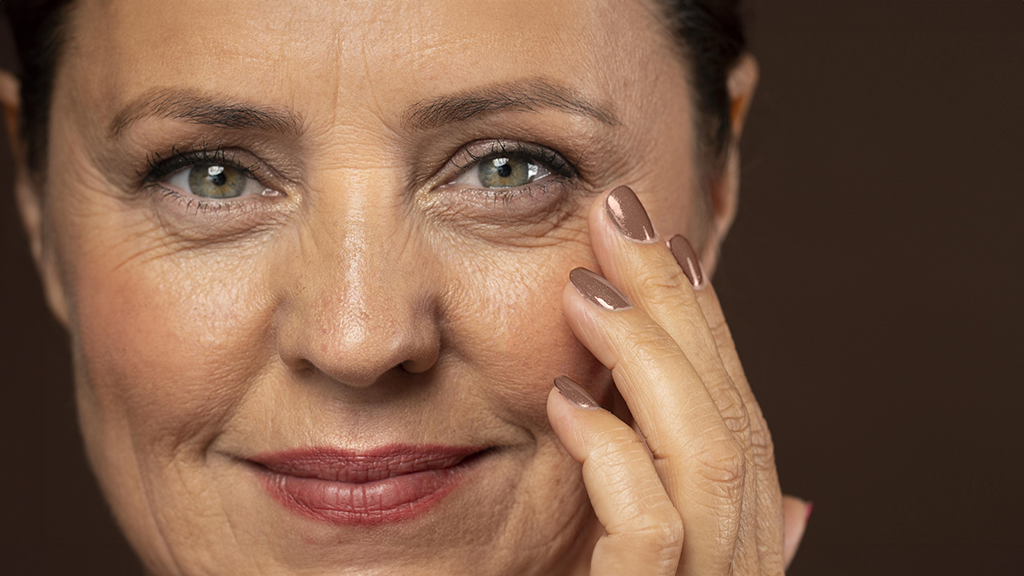SIEP Flap Breast Reconstruction
SIEP Flap (Superficial Inferior Epigastric Perforator Flap) is very similar to the DIEP flap procedure. Both techniques employ the skin and fat of the lower abdominal area to reconstruct a natural, soft breast following mastectomy.
You are an ideal candidate if you:
- Prefer the most realistic breast shape and texture
- Wish to utilize your own body tissue rather than implants
- Have a sufficient amount of tissue in the lower abdomen to create the new breast or breasts
- Are very physically active and wish to preserve your abdominal muscles
- Do not want or are not a candidate for implant reconstruction
- Have been previously radiated
- Are having immediate reconstruction at the time of skin sparing mastectomy
- Are having delayed reconstruction following mastectomy
- Would benefit from a “tummy tuck”
You are NOT an ideal candidate if you:
- Do not have enough lower abdominal tissue to create the flaps
- Have had previous abdominal surgical procedures such as tummy tuck (a C-section scar is usually okay)
- Are a smoker or quit smoking only recently
- Cannot tolerate anaesthesia for long periods
- Do not wish to have a lower abdominal scar
The main difference between the SIEP flap and the DIEP flap is the blood vessels used to supply blood flow to the new breast. The SIEP blood vessels are found in the fatty tissue just below skin whereas the DIEP blood vessels run below and within the abdominal muscle (making the surgery more technically challenging). While the surgical preparation is slightly different, both procedures spare the abdominal muscle and only use the patient’s skin and fat to reconstruct the breast.
After the incision is made for a lower abdominal perforator flap, the superficial inferior epigastric blood vessels are visible immediately beneath the skin. These vessels supply the skin and soft tissue of the abdomen and do not pass through the abdominal muscle. Though the SIEP is similar to the DIEP, only a minority of patients are candidates for the SIEP flap because the superficial vessels are very small, limiting flap volume, and increasing the risk of flap loss. In some patients, these vessels may not be present because of previous surgery such as Caesarean-section or hysterectomy. Unfortunately, there are no reliable pre-operative tests to show which patients have the appropriate anatomy. The decision as to which type of reconstruction to perform is therefore made intra-operatively by the surgeon based on the patient’s anatomy.
As with the DIEP procedure, patients receive a tummy tuck at the same time as an added benefit to SIEP flap breast reconstruction. Whenever possible, a sensory nerve in the SIEP flap is connected to a sensory nerve at the mastectomy site to help maximize return of sensation in the reconstructed breast.
The procedure generally takes anywhere from six to eight hours to complete, and is performed under general anaesthesia. It is lengthy due to the precise nature of this microsurgical procedure. However, the surgical effort is rewarded by excellent cosmetic results. The procedure is also less invasive, resulting in less pain and faster recovery. Although they are well hidden, scars from this reconstruction are long. In addition to the breast scar, there is a scar across the entire width of the abdomen at the bikini line, similar to that of a tummy-tuck, which can generally be concealed in most clothing.
A few months after the breast reconstruction procedure, if it was removed with mastectomy, restoration of the nipple and areola will follow. The shape of the breast may also be refined to be more symmetrical with your untreated breast. For many patients the reconstructed breast may be firmer and have a more youthful appearance than their natural breasts.
Advantages
- Most realistic breast texture and skin colour match
- No breast implants used for reconstruction
- Short reconstructive process – wake up with the breast mound in place
- Fewer long-term complications and re-operations
- Reconstruction can tolerate radiotherapy
- Provides skin to replace the nipple area in immediate reconstruction to allow only a single, circular breast scar around the nipple
Disadvantages
- Long anaesthetic time
- May need further small procedures to re-shape breast
Risks & Complications
All patients must understand and accept that no surgical procedure is absolutely free from risk. For further information concerning the risks and complications associated with Autologous Breast Reconstruction, please refer to Risks and Complications of Autologous Breast Reconstruction.
For details about procedures and treatments or for a consultation, advice and prices from our Dubai clinic please call +971 4 431 2396 or use our online form.


